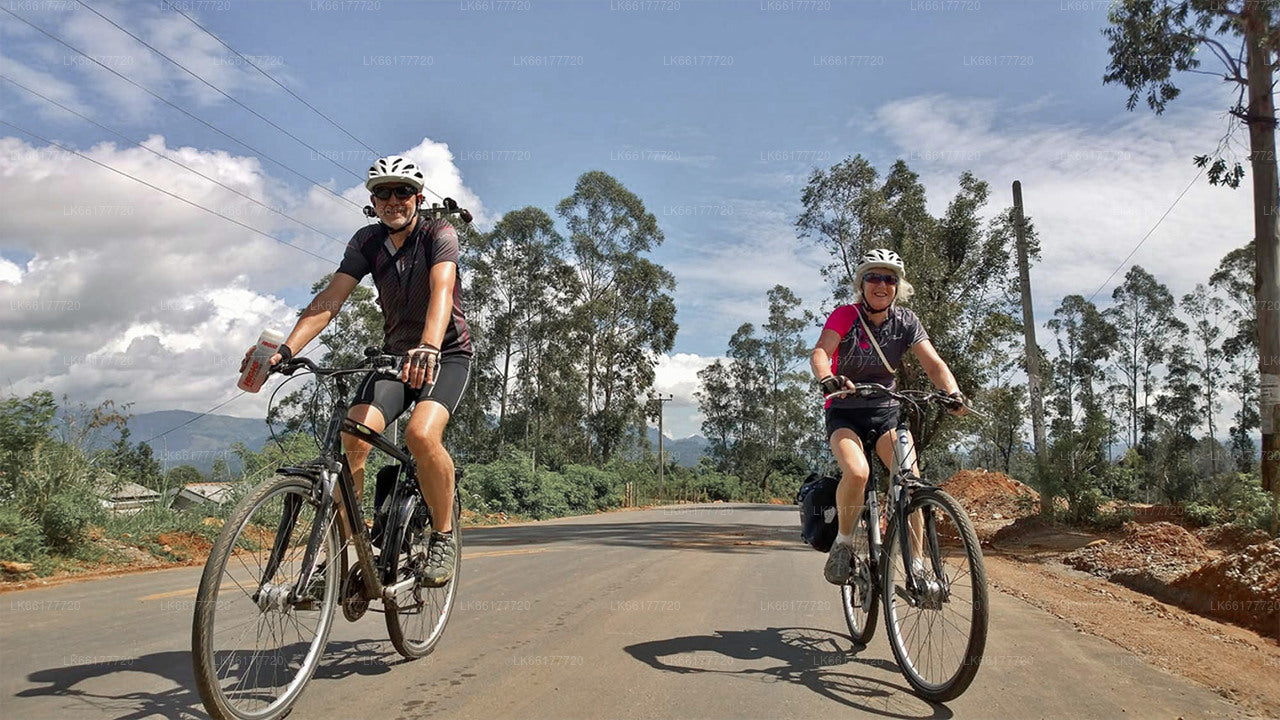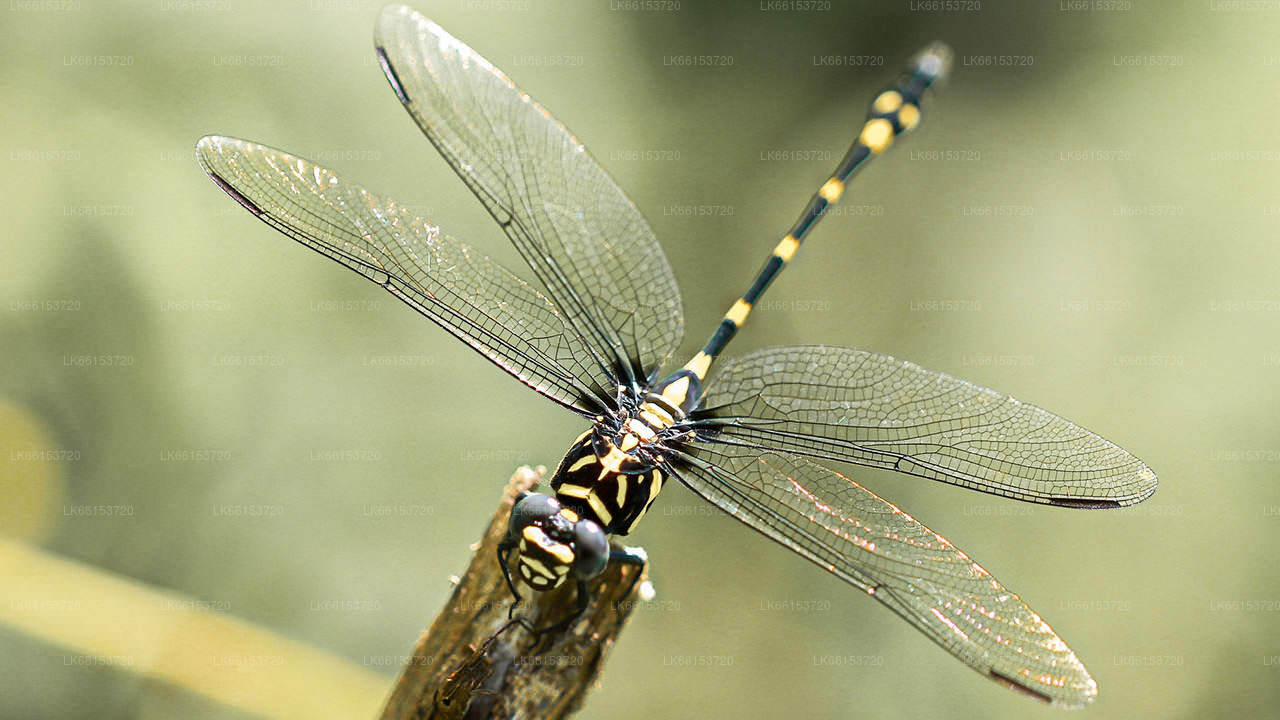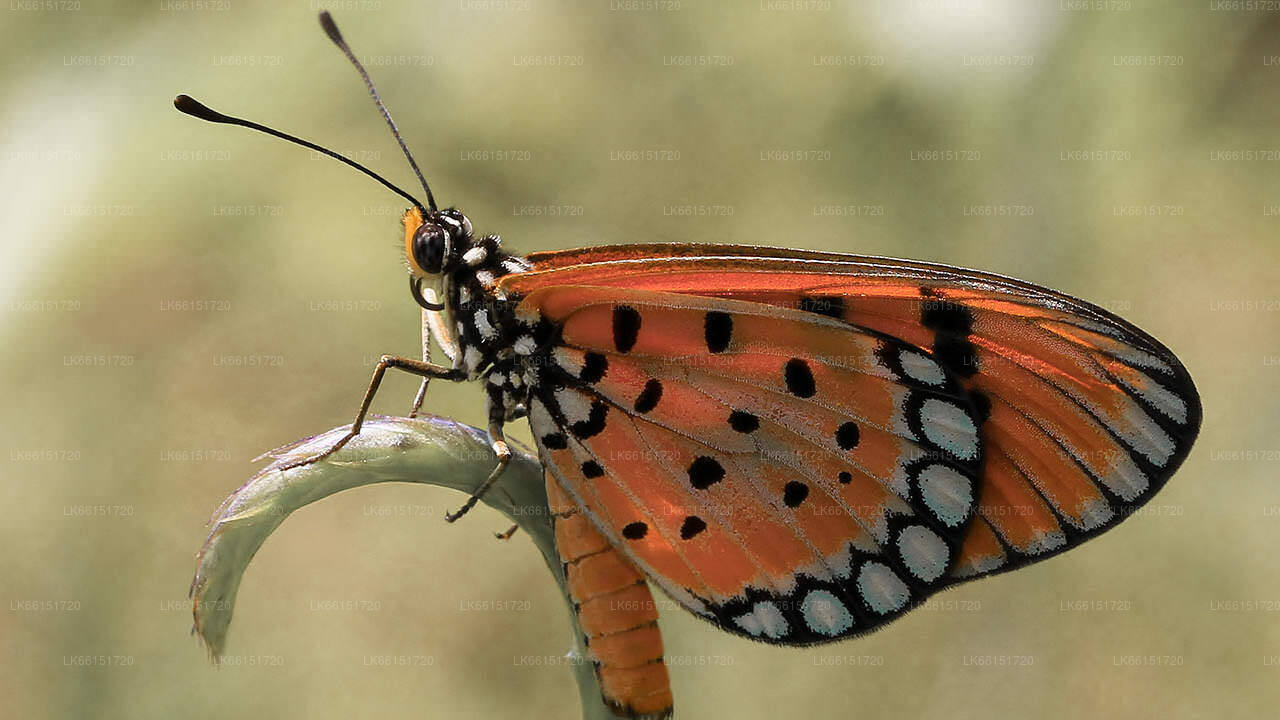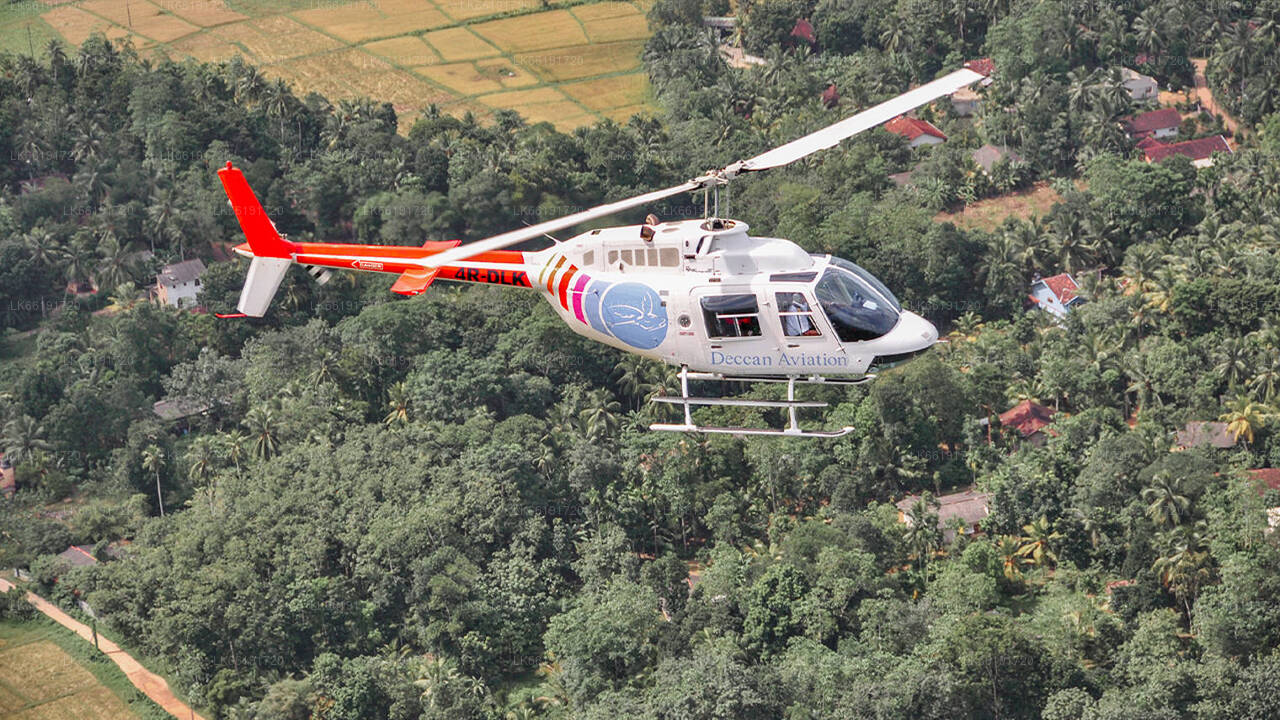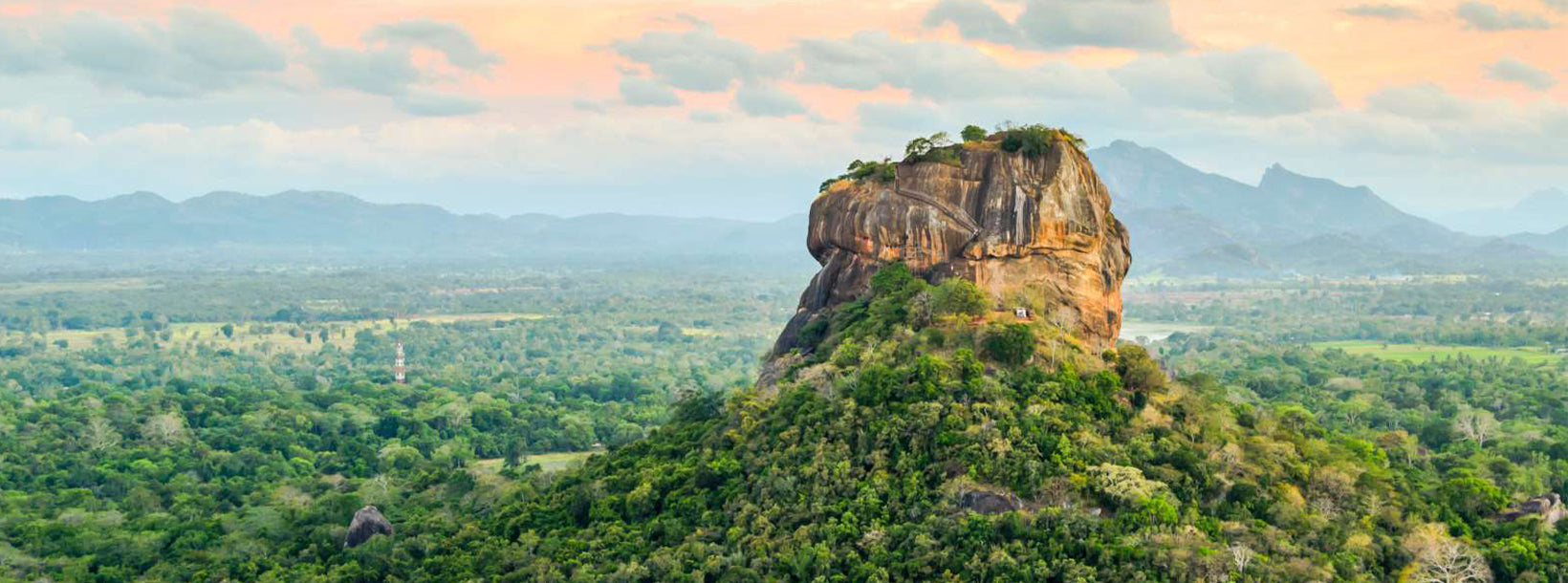
Ville de Sigiriya
Sigiriya, site classé au patrimoine mondial de l'UNESCO au Sri Lanka, est une ancienne forteresse rupestre et un palais doté de fresques époustouflantes et de vastes jardins. S'élevant de façon spectaculaire au-dessus des plaines, elle témoigne de la riche histoire et de l'ingéniosité architecturale de l'île. Explorez la beauté enchanteresse et l'importance culturelle de Sigiriya.
Sigiriya Frescoes
The Sigiriya Frescoes were painted on the western surface of Sigiriya Rock, located in central Sri Lanka. Painted thirteen hundred years ago, they were the highlight of a massive palace complex built in 480AD by King Kasyapa. Today only a few paintings survive, in a small pocket half-way up the rock, about 100 meters above ground.
Protected in this small, sheltered depression a hundred meters above ground, they float effortlessly among the clouds. Some say they are celestial nymphs carrying flowers to shower upon kings and mortals below. Others suggest that they are queens and concubines of Kasyapa’s harem.
The ladies of the frescoes have been the subject of speculation for nearly one thousand six hundred years. They, in turn, have remained silent, smiling enigmatically, their secret intact for over 1,600 years. The names of the ladies and the artists who painted them are lost to history. Their legacy has survived for over half a million days, a testament to the genius of their creators and the king who commissioned them.
Who are the women in the Sigiriya Frescoes?
The rich adornments, sophisticated clothing, lifelike appearance, vibrant use of color, and the true rendition of facial and anatomical characteristics support the view that the artist drew his inspiration from the ladies of King Kasyapa’s court — his harem. The most telling validation of this view is that they all wear a delicate three-circled tattoo around their necks
The prominent but unobtrusive display of this tattoo, worn with pride, was meant to clearly identify these ladies as belonging to the king. They were ladies of the king’s harem, dressed in their finest. They were to be admired but not touched. For this reason, they were depicted in true form, voluptuous and desirable, but shorn of any earthly sexuality. They were not intended to be titillating. Depicted as supernatural beings they are portrayed with flowers to shower upon humans below. They were intended to evoke a sense of wonderment and to project the opulence and grandeur of Kasyapa the all-powerful god-king.
À propos de la province centrale
La province centrale du Sri Lanka est principalement constituée de montagnes. Elle s'étend sur 5 674 km² et compte 2 421 148 habitants. Parmi les principales villes figurent Kandy, Gampola (24 730 habitants), Nuwara Eliya et Bandarawela. La population est un mélange de Cinghalais, de Tamouls et de Maures. Kandy, capitale des collines, et Nuwara Eliya, ainsi que Sri Pada, se trouvent toutes deux dans la province centrale. La province produit une grande partie du célèbre thé de Ceylan, planté par les Britanniques dans les années 1860 après qu'une épidémie dévastatrice eut détruit toutes les plantations de café de la province. La province centrale attire de nombreux touristes, avec ses stations de montagne comme Kandy, Gampola, Hatton et Nuwara Eliya. La dent du Temple, ou Dalada Maligawa, est le principal lieu sacré de la province centrale. Le climat est frais et les nuits sont souvent fraîches dans de nombreuses régions situées à environ 1 500 mètres d'altitude. Les versants occidentaux sont très humides, avec près de 7 000 mm de précipitations par an à certains endroits. Les versants orientaux font partie de la zone semi-sèche, car ils ne reçoivent que les pluies de la mousson du nord-est. Les températures varient de 24 °C à Kandy à seulement 16 °C à Nuwara Eliya, située à 1 889 m d'altitude. Les plus hautes montagnes du Sri Lanka se trouvent dans la province centrale. Le relief est principalement montagneux, traversé de profondes vallées. Les deux principales régions montagneuses sont le massif central et la chaîne des Knuckles, à l'est de Kandy.










